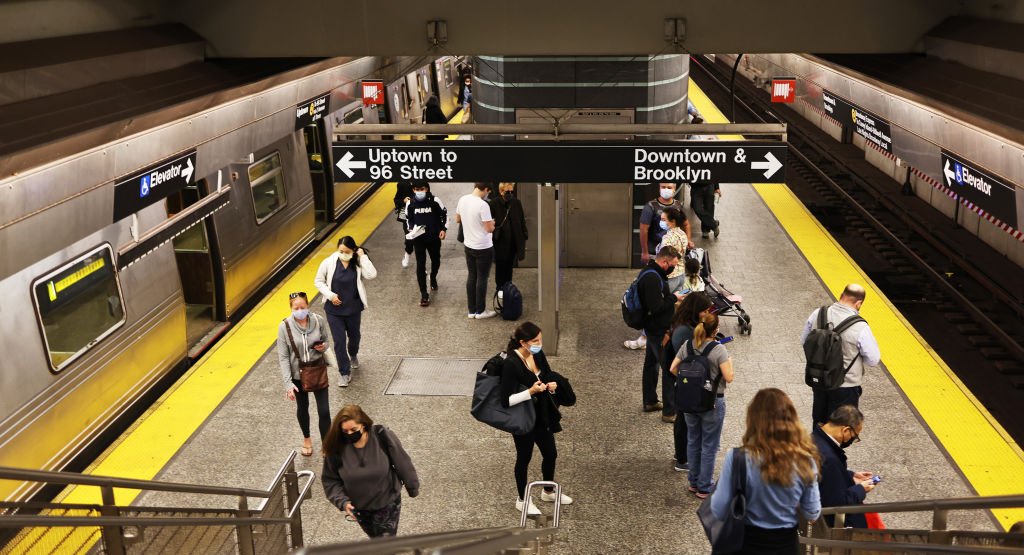The federal approval of the MTA’s congestion pricing tolls last month means some drivers will take a hit — but it also means major upgrades are coming to New York’s mass transit networks.
The tolls, which will charge motorists who drive in Manhattan south of 60th Street, are required by a state law passed in 2019 to bring in at least $1 billion a year for the MTA.
The agency must use that money to finance $15 billion in bonds to pay for mass transit improvements included in its 2020-2024 capital plan — which was formed in the aftermath of New York City’s 2017 “summer of hell” when the subways and commuter railroads fell into disrepair.
“That’s a record level of capital commitment and, and that shows that they’ve got the projects lined up and ready to go,” said Rachael Fauss, a senior analyst at the good government group Reinvent Albany.
The money makes it possible for the MTA to pay for its planned $7.7 billion extension of the Second Avenue subway with three new stops in East Harlem. It enables the MTA to complete its Penn Access project, which aims to bring Metro-North trains into Penn Station and add four new stations in the Bronx. And it helps pay for work to make 70 subway stations and 12 Long Island Rail Road stations accessible with ramps and elevators.
The congestion pricing money also unlocks key initiatives that Fauss said are less obvious to riders.
“[Congestion pricing funds] the types of projects that are not the big fancy ribbon cuttings, but the ones that actually make the trains run better and faster. Because it’s the less exciting, but most important, work of any capital plan,” Fauss said. “It’s the state of good repair work that is being funded by congestion pricing.”
Those projects include new electronic signals that allow more trains to run closer together on the B, D, F, M, A, C, E, F, and G lines.
And officials said the money will help pay for more electric buses to meet the state’s goal of having an all electric bus…
Read the full article here

Leave a Reply